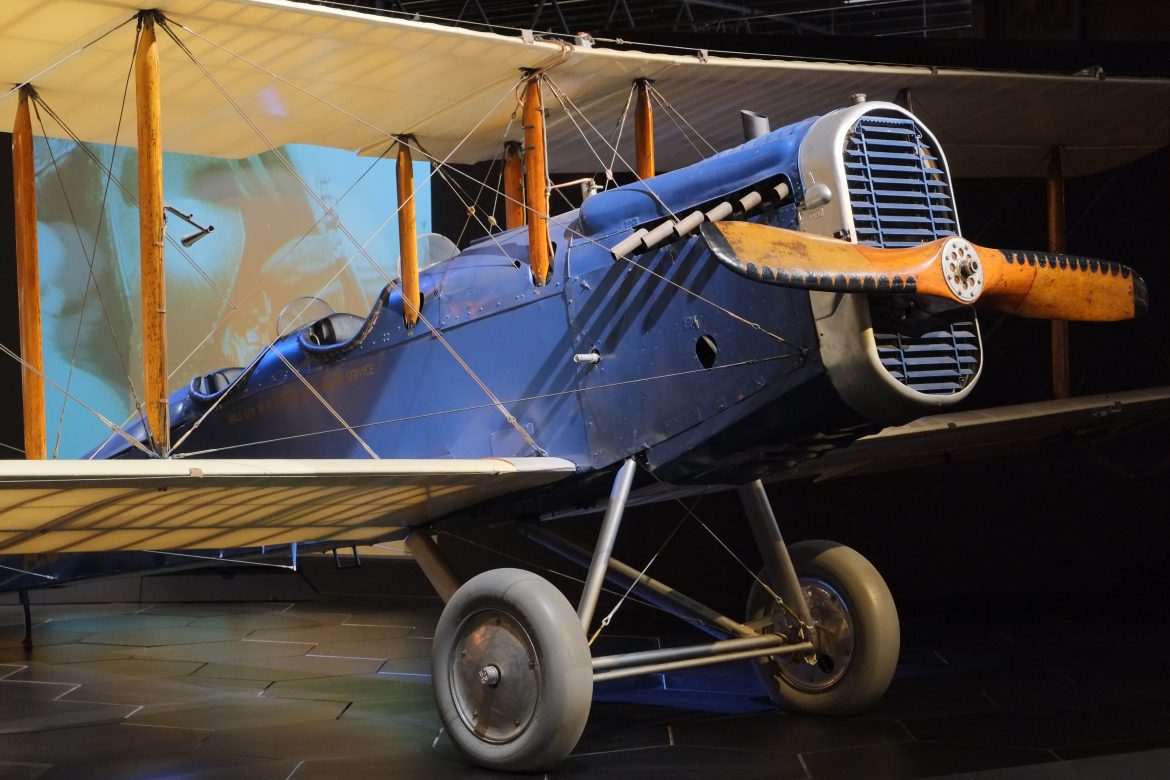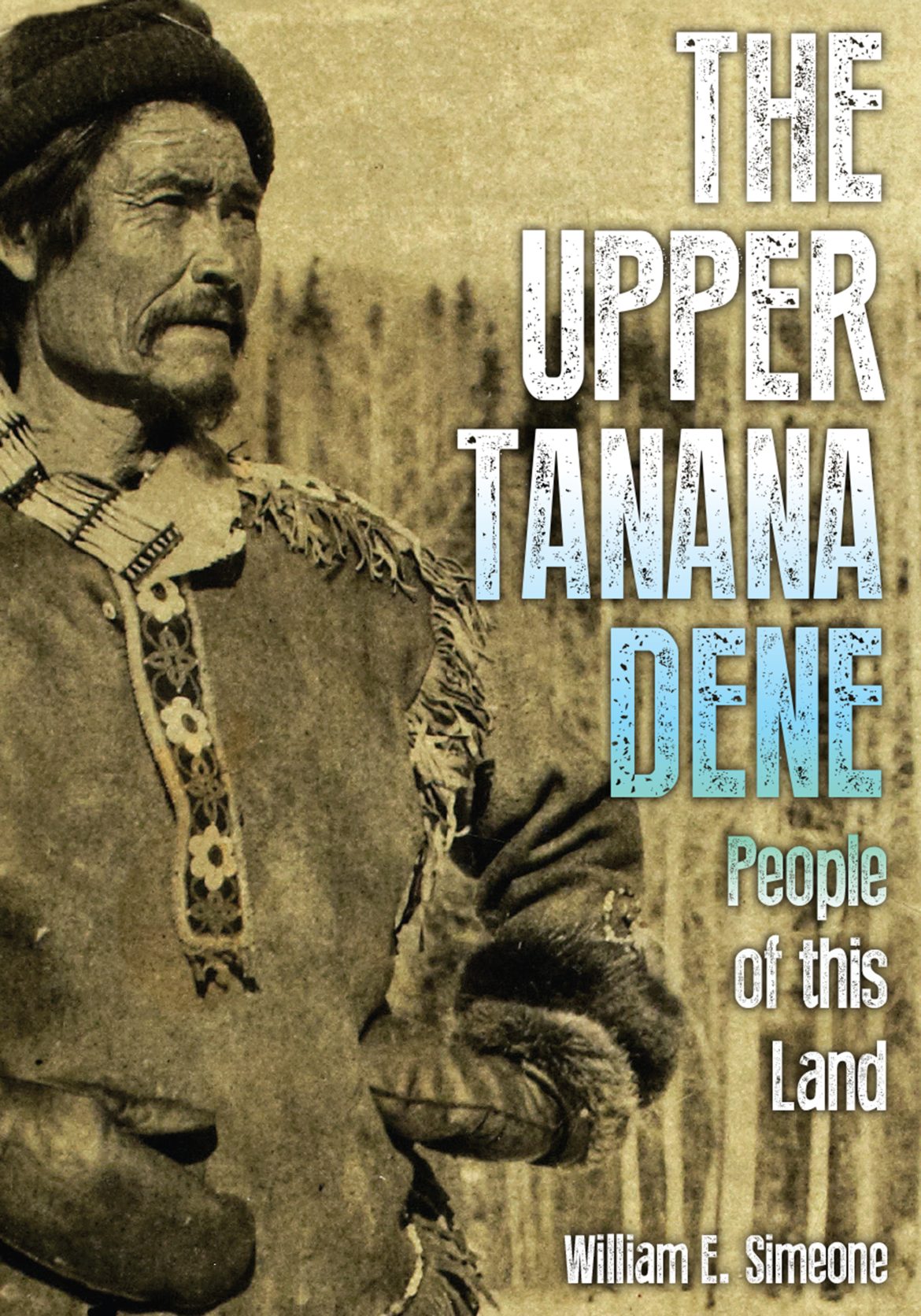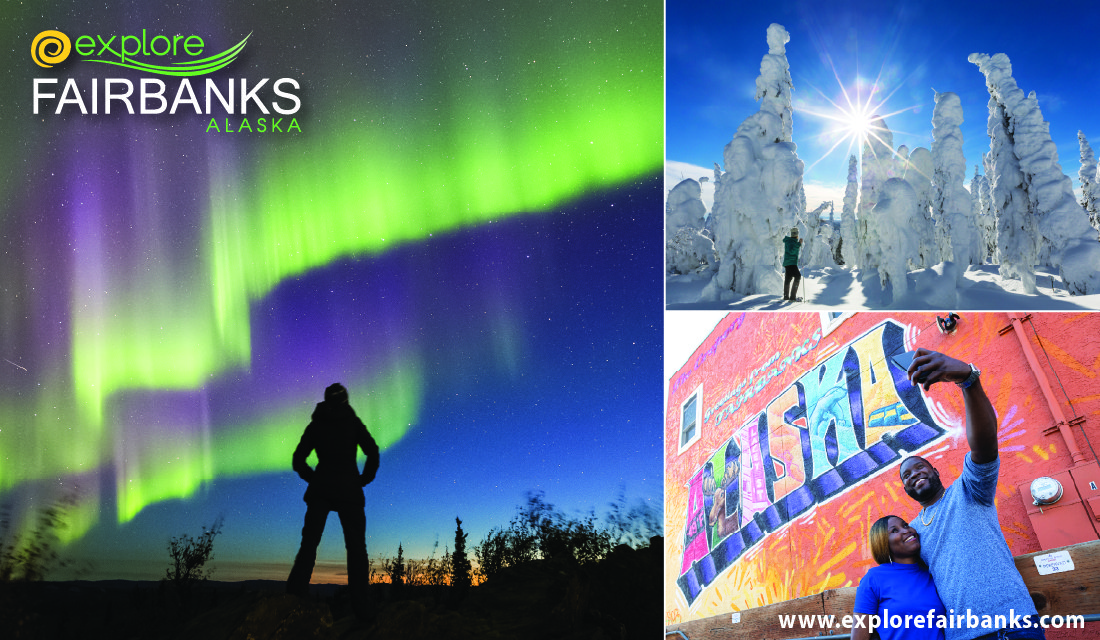DIGENEGH (MCGRATH) “Over on the Kuskokwim River” in Deg Xinag, the Athabascan language of Shageluk, Anvik, and the Athabascans at Holy Cross. Of about 275 Deg Hit’an people, approximately 40 speak the language. McGrath is featured in Luc Mehl’s story in this month’s Community section. (source: Deg Xinag Learners’ Dictionary) SUYITNA (SUSITNA RIVER) Dena’ina for “sandy river,” referring to the river’s silt and many sandbars. The river begins at the Susitna Glacier in the Alaska Range and runs 313 miles to the ocean near Anchorage. It drains nearly 20,000 square miles, mostly within the Matanuska-Susitna Borough, home to this year’s Arctic Winter Games. Learn more about the games in this month’s Profile section by Tim Lydon. (source: Shem Pete’s Alaska) Above: Sandbars in the Susitna River as seen from the Denali Highway. Courtesy Bo Mertz
ALASKA GETS ITS FIRST “ALL-AMERICAN” TELEGRAPH CONNECTION On March 2, 1903, Congress funded undersea telegraph cables between Seattle, Sitka, and Juneau, which would connect Alaska’s military posts to their Washington, D.C., headquarters. Previously, Alaskan telegraphs reached the Lower 48 via Canadian wires. To tackle the job, the U.S. Army used a Spanish ship seized off the coast of Cuba in 1898, during the Spanish-American War. Named the Rita by the Spanish, the army redubbed it the Burnside, after Civil War major general Ambrose Burnside. The nearly 300-foot iron steamer could carry 300 miles of cable. The Burnside finished laying the first 291 miles of cable between Sitka and Juneau in October 1903. By the following August, it had strung over 1,000 miles of line from Sitka to Seattle. Under further appropriations, the Burnside extended the cables from Sitka to Valdez in 1904 and on to Seward in 1905. Twenty years…
Kyle Worl is an athlete and coach competing in the arctic sports category of this month’s Arctic Winter Games, being held in the Mat-Su valley. The arctic sports events, which originated over many generations in Indigenous communities across the circumpolar north, are a high- light of the games. They include the two-foot high kick, knuckle hop, and other sports linked to Indigenous hunting skills. The Arctic Winter Games also host com- petitions in hockey, skiing, skating, and other sports.
For the first time in a decade, the Arctic Winter Games will be held in Alaska this March. As arctic sports coach Kyle Worl explains in this issue, the games bring athletes and cultural celebrations from across the circumpolar north. 1970: first Arctic Winter Games were held in Yellowknife, Canada, with athletes from Yukon, Northwest Territories, and Alaska. Alaska Governor Walter Hickel was an early proponent. With Canadian officials, he felt northern athletes deserved access to more international competitions. By the 2000s, Greenland, Russia, Scandinavia, and additional Canadian provinces joined the games. Alaska has hosted the games four times: twice in Fairbanks and once each in the Kenai Peninsula Borough and in Eagle River/Chugiak. Winning athletes are given ulu medals. Photo courtesy Wood Buffalo AWG
In Yup’ik culture, “Cama-i!” is a welcome greeting often accompanied by a handshake. It’s also the spirit behind the annual Cama-i Dance Festival, a three-day event held in Bethel and sponsored by the Southwest Alaska Arts Group. Visit www.swaagak.org for this year’s detailed schedule. The longstanding festival features Yup’ik dance, arts, crafts, seminars, a qaspeq fashion show, and public honors for local culture bearers. It has attracted 4,000 people and 20 Alaskan and international dance groups. This year’s theme is Yuraq Paiciutekaput – Dance is Our Legacy. Alaska Airlines offers a 7% discount code ECMK252 for people traveling to the festival (some exclusions apply). The event relies on volunteer support, and anyone wishing to volunteer can contact Laura Ellsworth at lbellsworth@alaska.edu. This year’s festival is dedicated to the memories of Seliksuyar Bob Aloysius of Bethel and Inuguarpak Stanley Anthony of Nightmute. And it honors culture bearers Ap’alluk Levi Hoover of Kasigluk and Atrilnguq Joseph Asuluk Sr. of Toksook Bay. Photo credit: Wáats’asdiyei Joe Yates
The Iditarod is Alaska’s most famous sled dog race, but it’s not the only one. Here are some other races happening this winter. Yukon Quest The Yukon Quest, begins February 3. Formerly, a 1,000-mile odyssey between Fairbanks and Whitehorse, Yukon, this year’s three races range from 100 to 450 miles, all within Canada. Fur Rendezvous Open World Championship Fur Rendezvous Open World Championship, Anchorage, February 23-March 3. Part of the “Fur Rondy” winter carnival, the races traverse Anchorage streets, forests,and parks. Annamaet Limited North American Championships Annamaet Limited North American Championships, Fairbanks, March 8-10.Features 4-, 6-, and 8-dog teams and 2-dog skijoring. Open North American Championship Open North American Championship, Fairbanks, March 15-17. This is the world’s oldest continuously held sled dog race. Communities and nonprofits host many other races between January and March, and of course mushing is about more than just racing.
Eielson’s epic mail flight On February 21, 1924, Carl Ben Eielson flew Alaska’s first official air mail service. The 280-mile flight from Fairbanks to McGrath took just a few hours, compared to 18 days or more by dog sled. Eielson used a de Havilland DH-4 open cockpit biplane to carry the 164 pounds of mail, and he bundled up in caribou-fur socks, moccasins, a reindeer parka, a marten-skin cap, a wolverine-skin hood, and multiple wool layers, as well as goggles. Born in North Dakota in 1897, Eielson flew in the U.S. Army Air Service during World War I. In 1922, he took a teaching job in Fairbanks but soon devoted his time to flying bush planes for miners and their cargo, quickly becoming one of Alaska’s most pioneering bush pilots. He died in 1929 while trying to rescue a ship full of furs that was mired in ice off the…
Get the latest on resources and conservation Have you ever wished you could find a one-stop source that concisely summarizes conferences, workshops, job openings, and public comment periods tied to natural resources across our big state? Turns out, you can. Just join the free What’s Up email list. For 25 years, Peg Tileston has compiled this weekly digest. It arrives divided into three primary groupings that include conferences, workshops, and seminars; public hearings; and volunteer, intern, and employment opportunities. Interspersed throughout are community events, grants, scholarships, and much more, each with a descriptive blurb and online links. “I feel strongly about citizen participation,” Tileston says about offering What’s Up for so many years. “People can’t get involved if they don’t know what’s happening.” Tileston has been a leader in Alaskan conservation for over 50 years. She has led nonprofits, served on various community and government boards, and helped found several…
Oral history on the upper Tanana Dene released The Upper Tanana Dene, People of this Land (University of Alaska Press), offers a portrait of an Alaska Native people both before and during the transformative changes of the 20th century. It centers around oral accounts from Dene elders born in the late 19th and early 20th centuries. Additional historical and anthropological information provides context. The upper Tanana region of eastern Alaska is bordered on the south by the Wrangell Mountains and on the north by the rolling Yukon-Tanana uplands. It’s a boreal forest landscape with broad river valleys, expansive wetlands, and abundant fish and wildlife that includes migrating herds of caribou. “It is a landscape lived in and lived with,” writes author and anthropologist William E. Simeone, who has lived there for 50 years. While parts of Alaska felt Russian, missionary, and other influences earlier, the upper Tanana remained largely isolated…
March events bring sports and culture After 10 years abroad, the Arctic Winter Games return to Alaska this March 10-16. And for the first time, they will be held in the Matanuska-Susitna Borough north of Anchorage. “This is an amazing opportunity,” says Karen Lane, general manager of the 2024 Arctic Winter Games Host Society. “Alaskans can watch athletes competing from across the circumpolar north and experience cultural activities not often seen here.” Since 1968, the games have offered young athletes from northern and arctic nations a chance to compete on a global stage. Held every two years, they feature dozens of competitions, including skiing, hockey, and demanding Indigenous sports like the two-foot-high kick, kneel jump, and knuckle hop. An expected 2,000 athletes will compete this year from Alaska, Greenland, Scandinavia, Canada, and elsewhere. February is crunch-time for the host society, which for over a year has been planning a blizzard…











